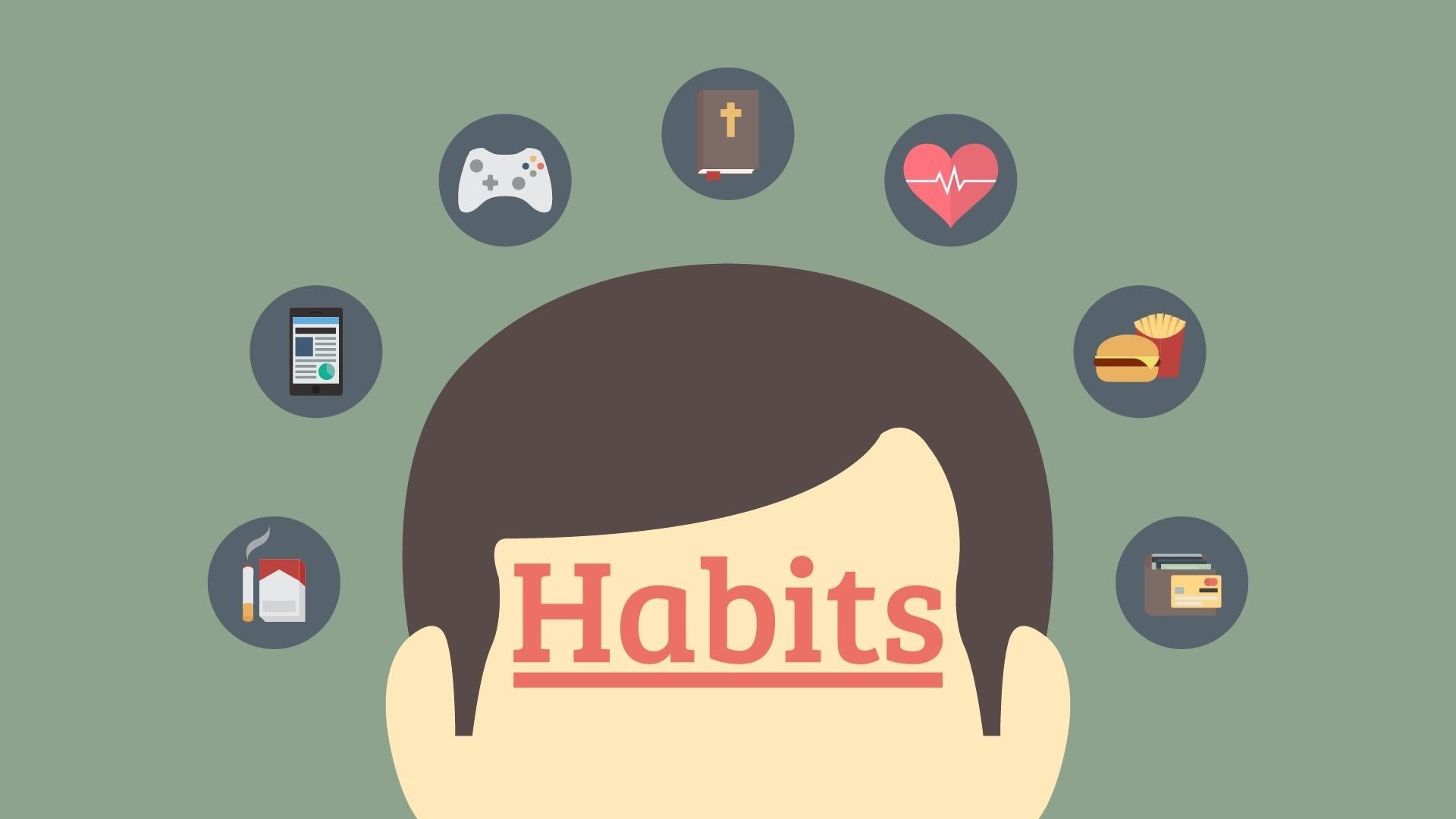
We do that, by focusing on creating a very tiny behavior change. We need to take motivation and willpower off the table. If we’re not doing hard things in our life, we don’t need much motivation. “If you set yourself up to do something hard, and you have to somehow sustain the motivation, the motivation is going to drop down, and there’s going to be a point where you don’t do it, and habits are about repeating it, and you won’t create the habit.” When our motivation lags, we don’t do it. In order to do something hard, it takes high-levels of motivation. Motivation is a Losing Strategy for Long-Term ChangeĪccording to Fogg, motivation doesn’t work for long-term behavior change. It’s the thing that says do push ups now, or floss your teeth now, etc.

The harder it is, the more motivation you need.Ī trigger is the call to action. The easier it is, the less motivation you need. For example, you need to want to keep your teeth clean, or you need to want to get stronger with push ups, etc. There needs to be some level of motivation. In a way that doesn’t make you say, ‘Oh, I give up and I’m just gonna go back to how I was.’ 3 Elements of BehaviorĪccording to Fogg, behavior is the result of 3 elements at the same moment: And as we create, what I call these tiny habits, and we can’t do it all at once, little by little, we will then approach this health outcome in a very reliable way. Of the 15 ways behavior can change, the one that matters most to long term health, are habits. “If you take an issue like weight loss, there are many behaviors that lead to that outcome: stress reduction, eating better,…etc.Īnd I would propose that most of the behaviors that we need to do are habits. Here’s what Fogg says about designing for behavior, not outcomes: You need to design for behaviors that lead to the outcomes. If you’re designing at the outcomes, you’re designing at the wrong place. Design for Behaviors that Lead to the OutcomeĪccording to Fogg, there’s a new way to create habits that is reliable and systematic. And if it’s easy to do, we can stick with it. If you make something small enough, it’s easy to do. This also includes your social environment. The change environment changes your behavior. If you create a certain environment, you create a certain behavior. Two Ways to Create Long-Term Behavior ChangeĪccording to Fogg, there are two approaches to create long-term change:Ĭhanging the environment is a reliable way to create long-term behavior change. That will eventually get so easy, that you’ll try one more, and then maybe another.īut you’ll have built the habit already so you’ll be building on a strong foundation and familiar routines. To make it automatic, you first need to make it easy: What you need to do is to make it automatic.
#TINY HABITS HOW TO#
You already know how to floss your teeth. In fact, if it is, you’re doing it wrong.Īccording to Fogg, the key is to simplify it and make it systematic.

Behavior Change is Systematic, Not Complicatedīehavior change doesn’t have to be difficult or complicated. He decided that after he takes a pee, he will do 2 push ups, and then say, “I’m awesome.”Ģ push ups turned into 5, and then 8, and for extra credit he sometimes does 12. Example of a Tiny Habitįogg shares an example of how he now does 50, 60, 70 push ups a day. You can also celebrate by saying, “Bingo” or doing a tiny little victory dance.įind the celebration that works for you. To celebrate your personal victory, you can say to yourself: I’m AwesomeĪfter you do the tiny behavior that you want to repeat, or expand in the future, you celebrate victory. In his amazing Tedx Talk, Forget Big Change, Start with a Tiny Habit, BJ Fogg shares insight and action on how you can change your behavior for good.Īccording to BJ Fogg, a Tiny Habit is when you do something very, very small.īut there’s one more tiny piece. “When you know how to create tiny habits, you can change your life forever.” If you’ve ever struggled with creating a new habit, like flossing your teeth, or changing a habit, here is some hope.īJ Fogg, Director of the Persuasive Tech Lab at Stanford University, is all about behavior and how you design to change people’s behavior.īetter yet, he has a compelling and powerful proposition: “The chains of habit are too weak to be felt until they are too strong to be broken.” - Samuel Johnson


 0 kommentar(er)
0 kommentar(er)
